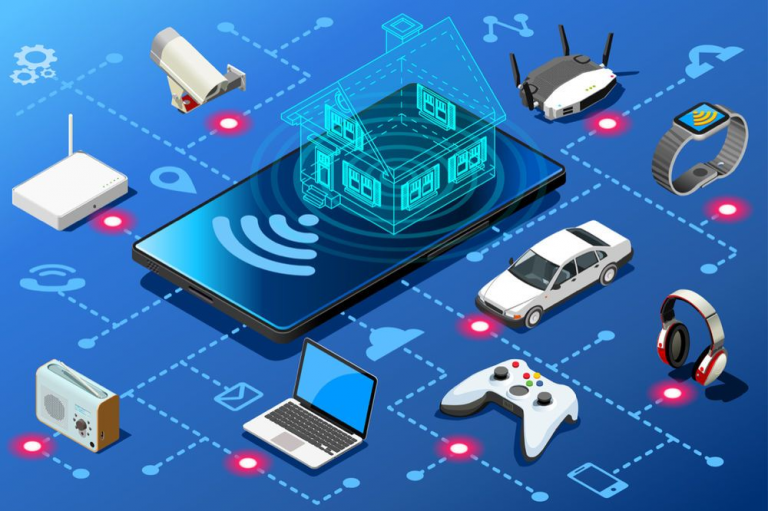
At the recent ITU Telecom World 2019, in Budapest, Hungary, the Executive Vice Chair of the Nigerian Communications Commission (NCC), Prof Umar Danbatta, mentioned that African countries will quickly subscribe to the enhanced mobile broadband, out of the three 5G use cases.
A quick summary, ITU describes 5G in terms of three use cases:
- Enhanced mobile broadband (emBB),
- Ultra-reliable and low latency
- Internet of Things type communications.
It is anticipated that emBB use case will cover applications such as ubiquitous and high speed connectivity for consumers, support augmented reality (AR) and virtual reality (VR) devices, gaming consoles, immersive experience, fixed wireless access etc. In Africa, it would take time for some of these technologies to mature due to the high cost of 5G phones, AR and VR devices, immersive TV, gaming consoles etc. Besides, consumers are not necessarily willing to pay more for faster speed as they are yet to reap the full benefits of 4G networks.
Tekedia Mini-MBA edition 14 (June 3 – Sept 2, 2024) begins registrations; get massive discounts with early registration here.
Tekedia AI in Business Masterclass opens registrations here.
Join Tekedia Capital Syndicate and invest in Africa’s finest startups here.
For the emBB use case, GSMA believes that fixed wireless access will be the biggest 5G use case, citing the low household fixed broadband penetration as 2% across Africa. This is debatable, given the low disposable income of households across Africa. However, this is very true for enterprises looking for alternative connectivity options, as cited by GSMA.
The ultra-reliable and low latency use case will cover applications such as connected and autonomous cars, remote or robotic surgery etc. These applications will also take a long time to come to fruition in Africa, as road infrastructures are not there yet to allow for the use of such cars. These cars also need to be tested on highways in Africa, as Lagos roads are very different from New York or London Roads. Road regulations and policies etc. also need to be adapted before autonomous cars can be deployed. How would these cars function, when given instructions from LATSMA, traffic wardens, police officers etc., manning our roads? How many hospitals in Africa are currently ready to use remote/robotic surgery to deliver health care services? Furthermore, the 1ms delay, anticipated for this use case, is yet from being realized.
The last use case, the Internet of Things (IoT) application, looks at the use of machine type communications, for digitizing and automating industrial processes across sectors such as oil and gas, mining, agriculture, homes, energy, transportation, logistics, health care, education, real estate etc. Besides, IoT devices could be deployed using the existing communication networks.
IoT, for me, is the use case which presents the fastest route to market in Africa. It presents a unique market opportunity for telcos looking to maximize their dwindling revenues, depending on how well they position themselves within the value chain. As connectivity accounts for less than 5% of the accruable revenue from the IoT value chain; telcos may need to establish strong partnerships or merge and acquire new companies, outside their traditional business of connectivity, in order to compete favourably within this space.
GSMA, in their Sub Saharan Africa (SSA) outlook report , suggested that IoT connections within Africa, will approximately triple by 2025. It predicts that there will be 332 million IoT connections within the region by 2025. From my estimate and using the data from the World Bank and IMF, IoT would lead to an industry worth $14.61 billion, approximately 0.83% of Sub Saharan Africa’s current GDP.
Despite this market value, the IoT industry in Africa is in a nascent state (except for South Africa). This is because of the enormous challenges and barriers in existence, hindering the rate of adoption of these devices, within the continent. I am therefore of the opinion that African countries should adopt policies and regulations which would help address the existing challenges, so that their economies can significantly benefit from the $14.61 billion industry.



